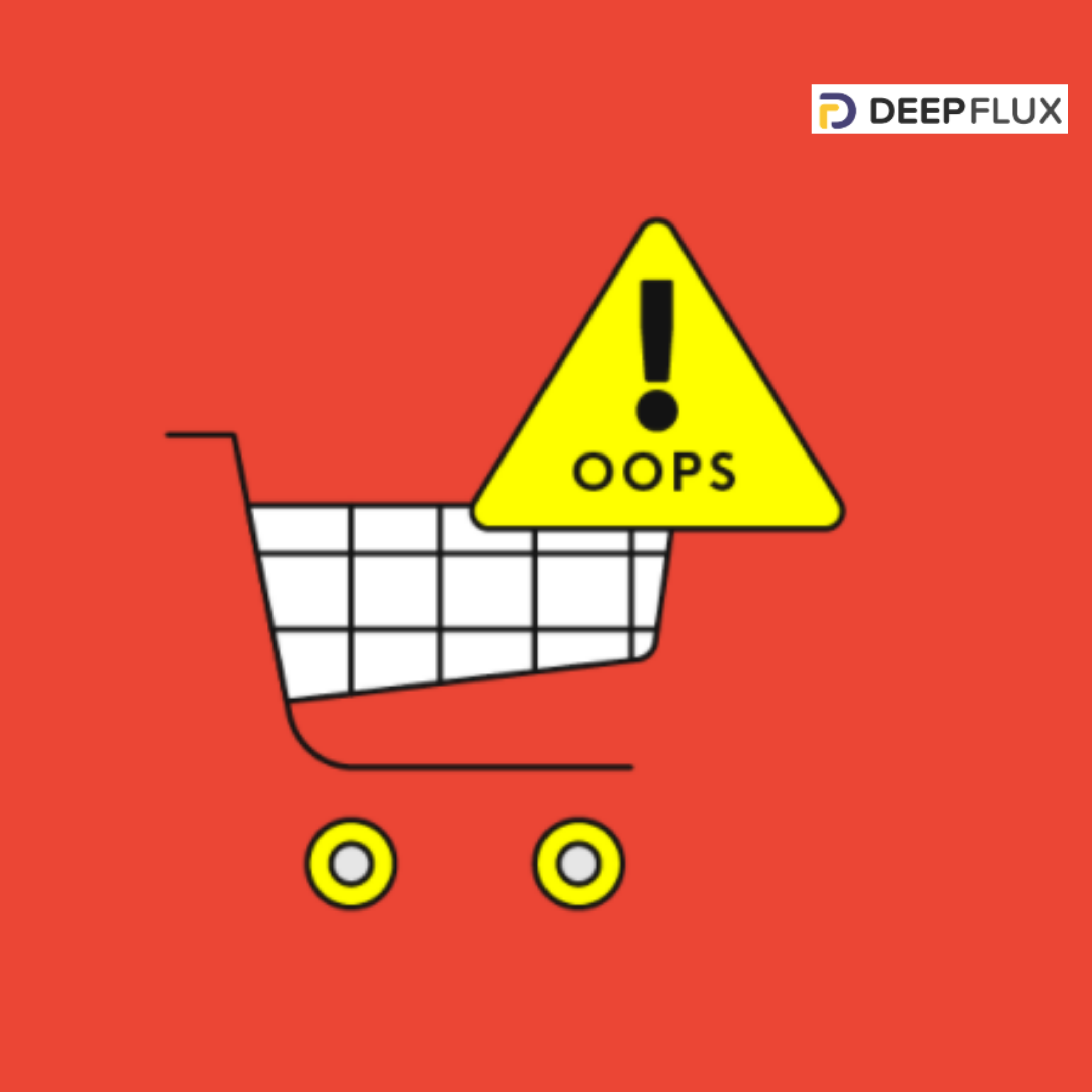In a post-covid world, the direct brand e-commerce platforms have seen unparalleled growth. Multiple players across the globe have started focusing on direct-to-consumer channels. At the core of this growth is the user adoption of non-marketplace brand stores. However, with every retailer joining the e-commerce bandwagon, competition in most categories is immense. DTC commerce contributes to less than 10% of the overall sales across the globe, it is growing rapidly even though many retailers find it difficult to compete with marketplaces and fail to understand the technical nuances of running a successful DTC store.
In this blog, we talk about the five biggest mistakes that DTC brands make in their e-commerce strategy.
1) Dearth of awareness on offers — Many successful retail brands fail to sell on their e-commerce stores even though they can drive a lot of sales on marketplaces such as Amazon and ASOS. This is primarily because of a lack of real-time intelligence on discounts and prices being offered by competitors and marketplaces. Price intelligence solutions help retailers to gather important information about their key competitors, both in pricing and non-pricing. These tools help get a deeper understanding of competitors to fine-tune and perfect your pricing and discount strategy. Few solutions that help here are comptera, wiser, and intelligence nodes. DeepFlux has a price and assortment intelligence stack that helps retailers find real-time prices of competition and their assortment to make changes to their portfolio.
2) Unsatisfactory User Experience – The COVID-19 crisis has led to drastic shifts in consumer behavior. Customer expectations are rising for digital channels along with measures such as site speed, responsiveness, ease of use, and delivery times. Since most consumers are used to efficient customer journeys of e-commerce sites, their expectations are very high from DTC websites. Any limitations on customer experience also lead to penalties within the Google search ecosystem or search engine optimization. With more customers now engaging through mobile devices, most retailers fail to ensure that all digital channels are integrated and offer consistent services and experiences across devices.
3) Lack of Personalization and Marketing Automation – Machine learning systems play a key role in improving conversion rates of e-commerce retailers and increasing the lifetime value of users. Since most retailers don’t have exposure to online analytics systems, this feature most often gets overlooked. Creating customer segmentation, utilizing personalization, and building features like recommendation systems help in improving conversion rates significantly. Creating personalized in-store experiences on the e-commerce platform goes a long way in improving the lifetime value of users. The bigger online retailers like H&M, Zara, and Adidas have inculcated such technological nuances using third-party solutions like Emarsys, Clevertap, Optimove, and others.
4) Scarcity of Reviews and Reliability Factor – A new website owner needs to build trust with the retail website. Customers (potential and current) are constantly reading online reviews to decide if they should buy a product, choose a particular retailer over marketplaces. Although retailers have a high number of reviews on their websites, it’s a little difficult to build reviews on the DTC website. Tools like Elsight and JustReview, help in populating reviews from Amazon on webstores. Return provisions and customer support are also areas which new customers consider when purchasing on a new e-store. Lots of e-commerce chatbots are available to solve the use case like Heyday and Jumper that are meant for conversational commerce and help in answering customer queries in minimum response time.
5) Unavailability of Product Scoring and Inventory Forecasting — A retailer on average has thousands of products in its portfolio. The biggest point of drop-offs in the customer journey happens at the product discovery stage. Showing irrelevant products, not only leads to dropouts and high bounce rates but also leads to dead stock issues. To solve this issue, solutions such as Sortlytics, Klevu, and Unbxd help in smart merchandising on your online e-store. Scoring each product based on user preferences and segment using ML techniques helps in increasing cart to detail rate and improving conversion rates and cost per transaction of marketing campaigns. Also since demand forecasting for a new product can be highly challenging, AI-driven tools like Vue.ai and Stylumia, help fashion retailers predict the demand for new products.
These are some of the most common pain points that retailers witness in their online journey. We at DeepFlux work with multiple retailers to help them overcome such obstacles and scale their online sales. We have helped more than 50 DTC brands start and scale their online store. To talk to a DeepFlux consultant, help you with overcoming these typical e-store related challenges, drop a note to us at contact@deepflux.io
Read the previous blog here .

